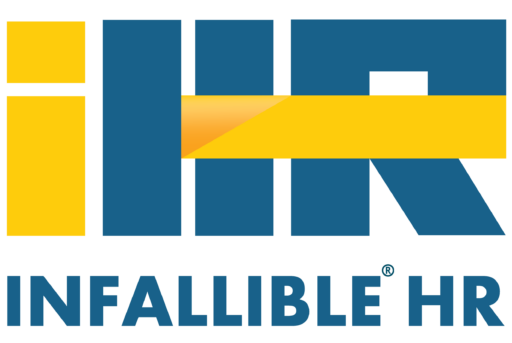Strategic human resource management has linkage of strategic business plans with the human resource objectives towards the development of human resources management for enriching performance, its a continual activity based on continuous adjustment of three key interdependent aspects: the value of top management, the environment and existing resources.
In the contemporary world of the business, there are number of challenges being faced by multinational corporations on account of rising and aggressive competition, this seeks change to be made in the human resources processes as well as traditional human resources management methods.
Strategic human resource management cannot be implemented without the involvement and support of top level management in any organisation.
In some of organisations, the human resources department are recruited personnel with no human resource management experience or background, which create a big obstacle in shifting to strategic human resource management.
As an employee gains knowledge and experience over the years, they become more valuable to the organisation and strategic human resource management today looks much beyond the regular data entries, filing and such other monotonous job activities. It is largely focused on cross culture issues, corporate culture changes, and on the rise of developing countries.
The strategic human resource management is the pillar strength for corporate culture change. Where an organisation needs to be as cost effective as it could by cutting down on business expenditures and manufacturing products at lowest possible cost, and yet offering the consumers the best products at affordable rates. The change of consumer mind set influences the corporate culture change. The purchasing power of consumer never be ignored, whether the consumer lives in India, Brazil, Indonesia, Mexico, china or any other developing countries. This is way the organisation tends to change their business plans and become multinational. Such development poses challenge to strategic human resource management.
Strategic human resource management play a pivotal role when its come to managing employees in developing as well as developed countries the most tactfully. It has been design in such that companies can cater to the needs of their existing employees the best possible way, while also fostering the company objectives.
It is indeed the fact that human resource management deals with multifaceted business aspects that have a direct bearing on the employees, such as compensation, benefits, administration, hiring and firing , training and orientation, provision of pay incentives, vacation or sick days, and safety procedure details.
Strategic human resource management proactively directs and manage people, and therefore, it seeks planning different ways to better act on the needs of the employees and other things.
Strategic human resource management is the ultimate solution to achieve organisational productivity, Planning ahead for the betterment of the employees helps in enriching the retention rate of skilled employees and hence, reducing the expenditures incurred on recruiting and training of new employees.
Thanks !!



